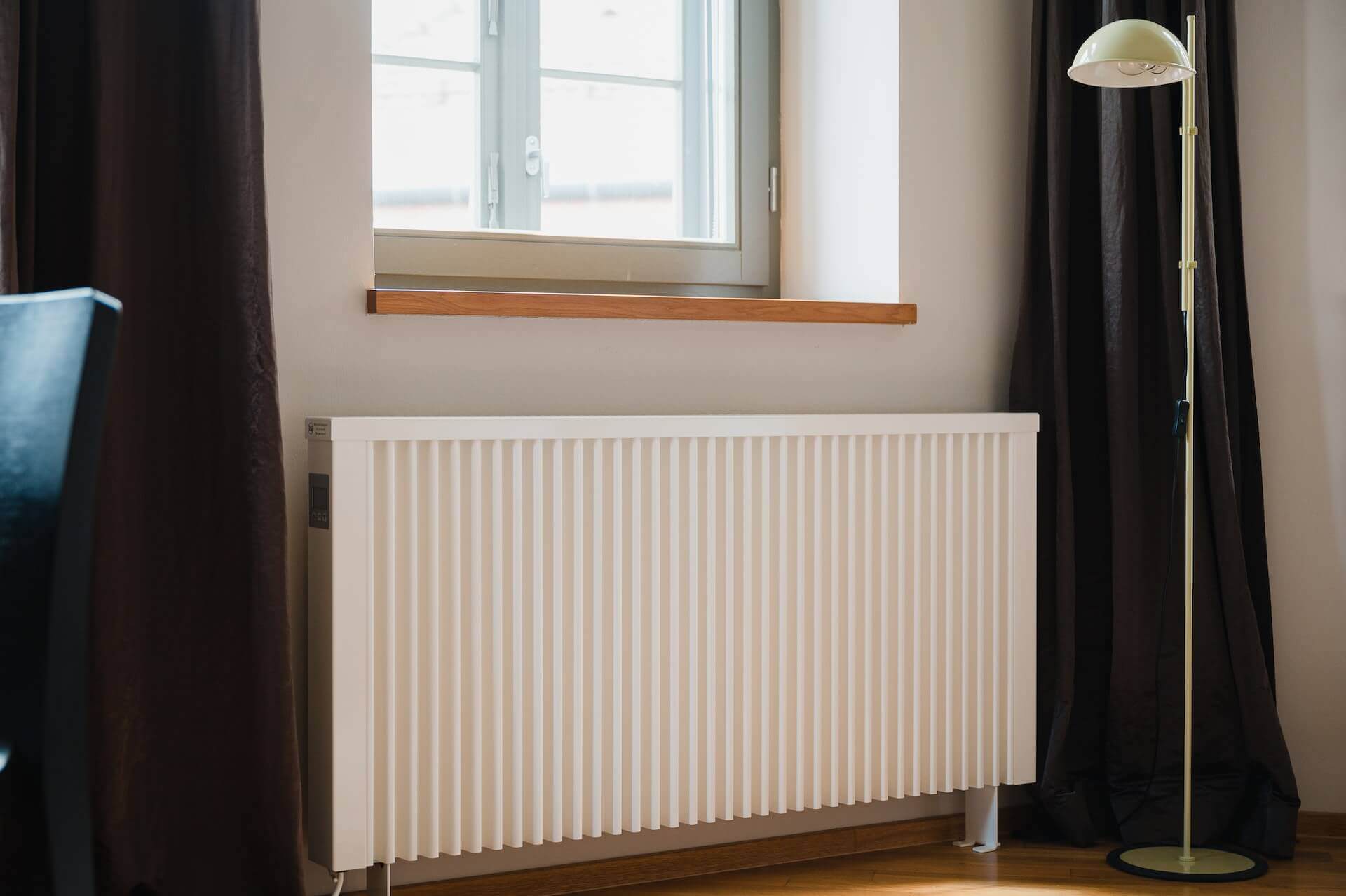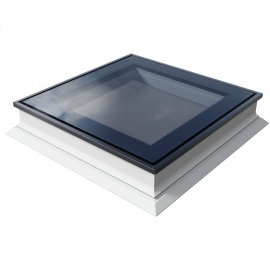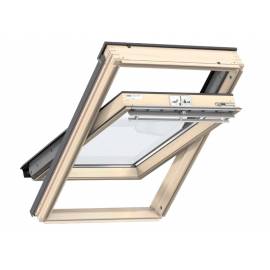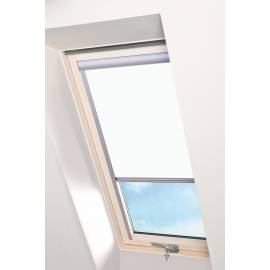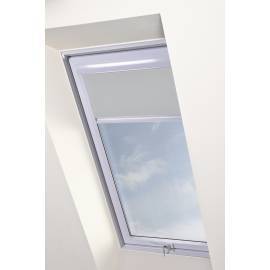Heat loss, particularly through windows, can be a significant issue for many households and offices not only causing discomfort but also driving up energy bills. This problem is particularly pronounced in the winter months when temperatures drop and the demand for heating increases.
With the price of electricity ever on the rise, it is important to find practical solutions that can help insulate our windows and prevent the loss of heat. The good news is that there are effective and easy solutions available to mitigate this problem and improve the energy efficiency of your home. In this article, we’ll explore some of the most common causes of heat loss through windows and how you can address them. Keep reading to find out more!
Table of Contents
Double-Glazed Windows / Triple-Glazed Windows
Double and triple-paned windows are an effective solution for preventing heat loss through windows. This solution involves installing windows consisting of two or three layers of glass separated by an air gap, which provides an insulating barrier that prevents heat from escaping the home.
The added layers of glass and air gap in double and triple-glazed windows provide much better insulation than single-glazed windows, reducing heat loss and improving the overall energy efficiency of your home. This can result in lower energy bills, a more comfortable living environment, and a reduction in your carbon footprint.
Though, it is important to note that double-glazing and triple-glazing windows, despite being incredibly energy efficient, do come with a downside: Installing double or triple-paned windows can be a significant investment, and the cost might not be easy for some homeowners to swallow. But the benefits in terms of the reduction of energy consumption and improved comfort can definitely make it a worthwhile investment in the long run.
Other products in category: Flat Roof Windows
£600.00 tax excl.
Other products in category: Timber Roof Windows
£252.50 tax excl.
Weatherstripping
A simple and cost-effective solution for preventing heat loss through windows, weather stripping involves sealing gaps and cracks around the window frame to prevent warm air from escaping and cold air from entering the home. The strips can be made of a variety of materials, including foam, rubber, or silicone, and are typically easy to install, and a homeowner can do it on their own without any professional help. Weatherstripping is particularly effective in reducing drafts, which are a common source of heat loss in many homes.
Although, this solution isn’t without its downfall: the strips should be replaced periodically as they can wear out over time and may no longer be effective in preventing heat loss. Regular inspections and maintenance can help ensure that your strips remain in good condition and continue to properly insulate your home.
Low Essimissivity Coating
Low-emissivity (Low-E) coatings are special coatings applied to the glass surface of windows that can help prevent heat loss. The coatings, as their name suggests, reduce heat emissivity, which means they reduce the amount of heat that is transmitted through the window.
Low-E coatings are particularly effective in reducing heat loss during the colder months when the demand for heating is high. By reducing the amount of heat that is transmitted through the window, Low-E coatings can help lower your energy bills and improve the overall energy efficiency of your home.
Like the other options, low-E coating also has a downside. Not all low-E coating materials are made equal, and some are much better than others. When choosing windows with Low-E coatings, it’s important to consider the type of coating and its performance characteristics, such as its solar heat gain coefficient (SHGC) and U-factor. This can certainly be difficult if you’re not familiar with the world of insulation.
Window Coverings
Window coverings are an effective solution when windows lose heat. By adding an extra layer of insulation to the window, window coverings can help keep your home warm in the winter and cool in the summer. There are a variety of window coverings available, each with its own unique set of benefits, including blinds, shades, curtains, and shutters.
Blinds and shades are effective at preventing heat escaping by creating an additional layer of insulation between the window and the interior of the home. They come in a variety of materials, including wood, vinyl, and fabric, and can be adjusted to control the amount of light and heat that enters the room. They save energy and provide more insulation.
Thick curtains are another popular window covering that can help reduce the amount of heat lost. They work by adding an extra layer of insulation to the window and can be lined with materials like thermal fabric or foam to provide additional insulation.
In addition to reducing heat loss, window coverings can also provide privacy, improve the look of your home, and help reduce noise pollution. It’s important to choose the right window covering for your home and climate, taking into consideration factors like the amount of light and heat you want to let in, as well as the aesthetic of your home.
Other products in category: Sunlux
£73.33 tax excl.
Other products in category: Sunlux
£62.50 tax excl.
